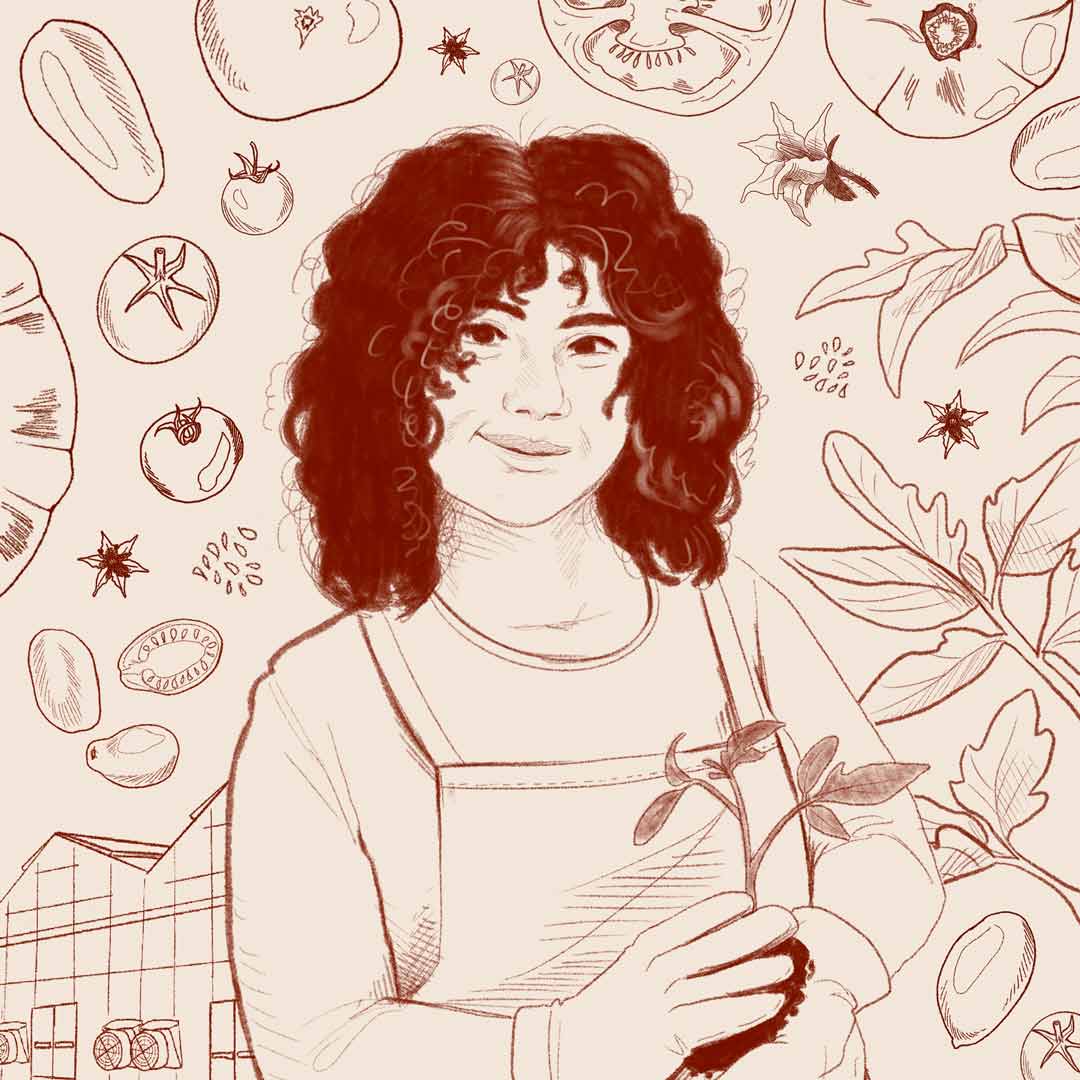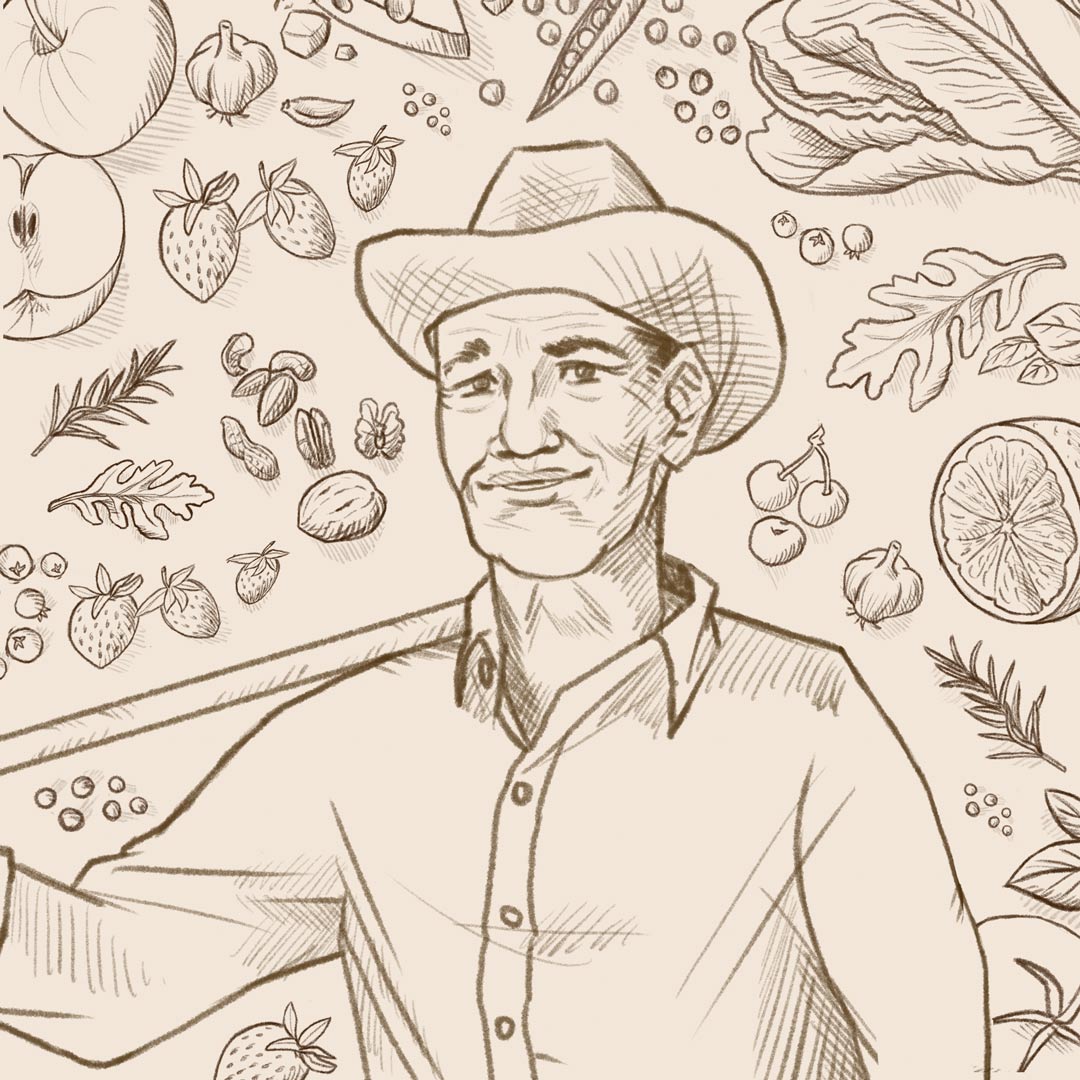PART III
Who Grows
Your Food?
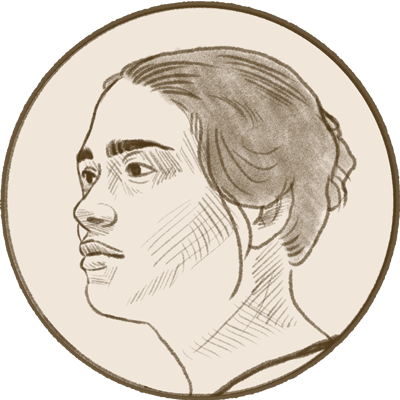
By: Leonina Arismendi Zarkovic
PART III
Who Grows
Your Food?
By: Leonina Arismendi Zarkovic

Names have been changed and locations are proximal, not exact, in order to protect identities. These are true undocumented farmworker stories. Content Warning: This story contains mention of human death, inhumane working conditions and exploitation and animal cruelty.
This is part 3 of a series providing both historical and modern framework of what ‘farm labor’ really is in America to help us properly begin telling the stories of Who these Farmworkers Are… Because they are so much more than just ‘those who grow our food’ and they are worth much more than what they bring to the economy and the services that they are capable of providing for us. You can read part 1 and part 2 of the series.
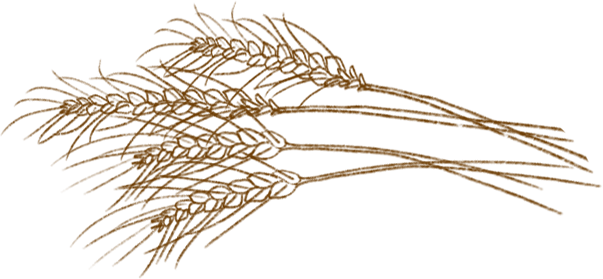
Where’s The Beef?
“I think there is a connection between the way we treat animals and the way we treat people who are at the bottom of the hierarchy.”
– Angela Davis
My plan for this write up was to travel in late summer and visit a cattle ranch that expands tens of thousands of acres near a rural border town over the US/Canada border.
The setting for our story is a conventional feed lot, one that has grown from a small family farm to an enterprise managing over 5,000 heads of cattle, 2,000 of which are dairy cows and at any given time, over 1,000 calves raised solely for veal. This site employs over 100 people of mixed documented status to run every aspect of the farm.
I set to drive up North for what I felt was more than an interview. From my time together with folks, I wanted to glean not just stories that connect how industrial agriculture perpetuates exploitation of animals, but also human beings, most of whom are undocumented. I also wanted to uncover new perspectives and a deeper understanding of the mysterious animal industry practices of conventional feed lots.
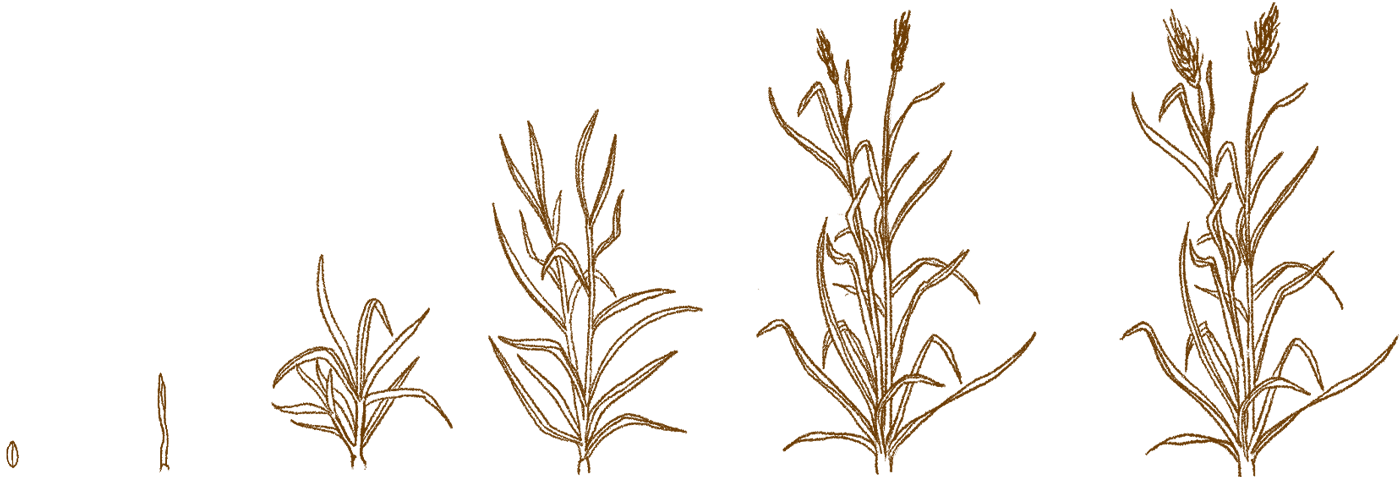
I was to visit this border town and meet with a trusted organizer and gentleman who goes by the code name Pedro, a man with a soft over-the-phone voice who has worked in the cattle industry for over 30 years – 14 of those on this farm. Pedro grew up in the North of Mexico around cattle, like his father and his father’s father. During the 1980’s, Pedro decided to immigrate to the US because of the unsafe living conditions and government corruption in his home country.
Pedro:
“It’s a little silly to think that there is a line on the ground that you cannot see, and which side you are born into dictates how good your life will be. A couple hundred years ago, Texas was Mexico. Even years after that, we (Mexicans) were able to come and go with the seasons to work the harvest times for American farmers. ”
Pedro:
“It was not safe back then to stay around the Mexican border, they had checkpoints and trucks patrolling everywhere: roads, backroads, peoples properties, Reservations – they did not care so long as they were hunting us. I did not want to live like this.”

The People whom the media quickly refer to as Illegal are People of Indigenous descent from Guatemala, Honduras, El Salvador and Mexico traveling across a Continent that was once free of borders and the conditions that cause people to migrate today.
“Before colonization there were no borders on Abya Yala, our Mother Earth, we had a road called the Great White Road that extended the continent from North to South, where our Ancestors worked and traded with each other speaking one common spoken language. We took care of the Earth and She takes care of us as a Mother would–she feeds and shelters us.“
– Ixbalam Chavalan Sut Maya Kin Ch Kaqchikel Elder, Knowledge Keeper and Leader of the Sanctuary movement in the USA.
In his pursuit to safety and a better life, Pedro eventually met with a relative’s church friend, a trusted ally in the community who was part of a secret group of people who promised him safe passage to the North with no questions asked. An underground railroad in modern times.
Pedro:
“Deciding to go North with strangers seemed very dangerous to many but I thought that New York City would be safer as an immigrant. I wanted to be with Lady Liberty.”
And so, Pedro’s personal leap of faith landed him in a centuries old movement, a religious tradition called Sanctuary, which brought him safely to New York City where he lived and worked in landscaping and construction for a number years before deciding to go back to his roots and venture out into cattle country.
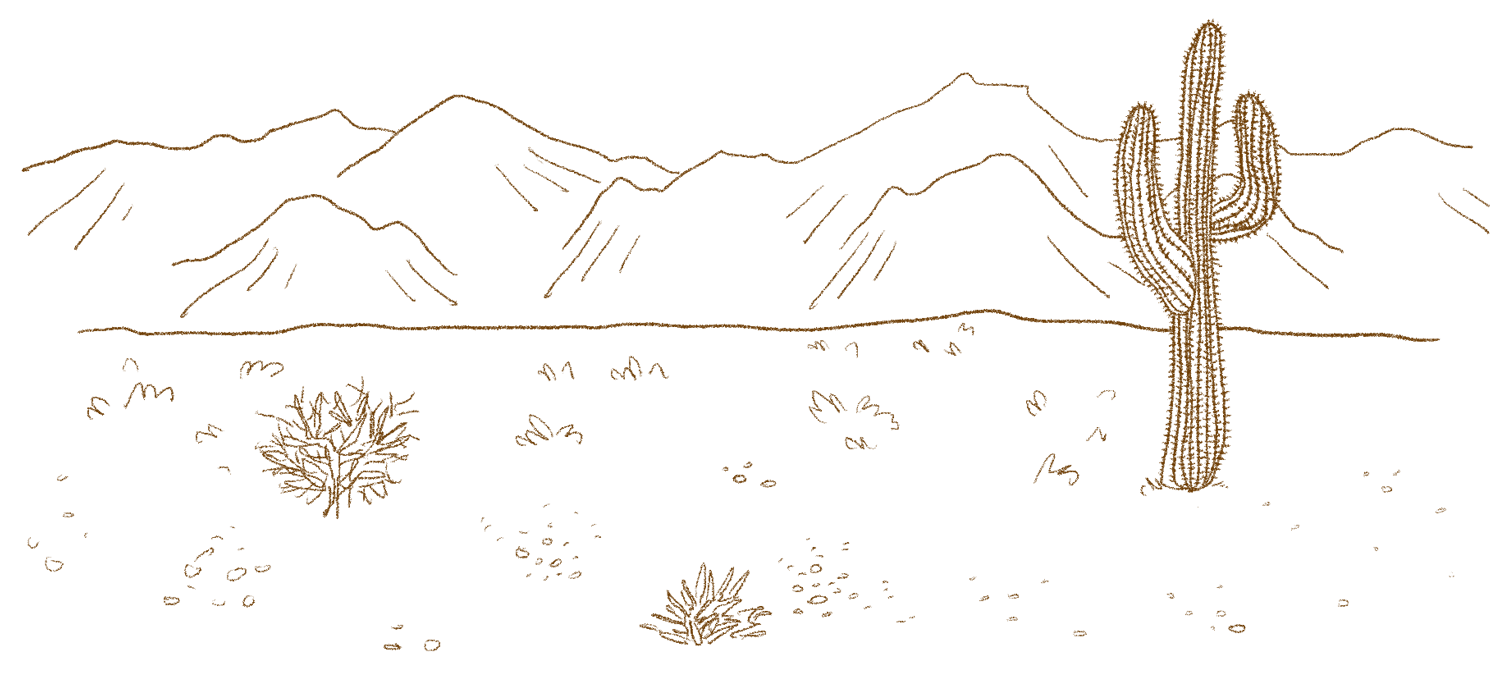
The Sanctuary Movement of the 1980s
In the 1970s when refugees from Central America’s Civil Wars began arriving at the US/MX border, the US government did not recognize them as political refugees seeking asylum. Many were deported and murdered upon their return.
From this dire injustice, the Sanctuary Movement was born: it peaked with over 500 congregations establishing an underground railroad whereby asylum seekers moved through the United States to safe houses and congregations in Canada.
The Sanctuary Movement sought to remind the government of America’s core values and truth that the US was directly supporting dictatorships and death squads of Central America with arms, money and training.
The Sanctuary Movement won the inclusion of Central Americans in asylum laws as part of the 1986 immigration reform law. It is because of courageous truth tellers from Central America and the Sanctuary Movement who followed them that Central Americans today can claim asylum.
In 2006, an initiative known as the New Sanctuary Movement took shape with coalitions of congregations in major cities throughout the country. As workplace and neighborhood raids escalated, these congregations opened their doors to provide refuge to those facing deportation. (7)
In 2018 I had the honor of being among a coalition of individuals, organizations and congregations that established two Sanctuaries in churches in Virginia for individuals resisting unfair deportation orders under the Trump administration. It is through this work I would eventually meet the organizers that would point me to Pedro for this interview.
As mentioned earlier, Pedro and I had planned to meet in person. However, amidst our planning, the June 8th decision on Egbert v. Boule (8) set us back almost forty years.
“Now the border is officially defined as a zone that extends 100 miles into the interior of the United States from all external boundaries. That area encompasses 10 states and such cities as Los Angeles, New York and Chicago, and almost two-thirds of the nation’s population — Border Patrol has expansive, nearly unchecked powers.”(9)
– Reese Jones Op.Ed. LA Times, July 17th, 2022.
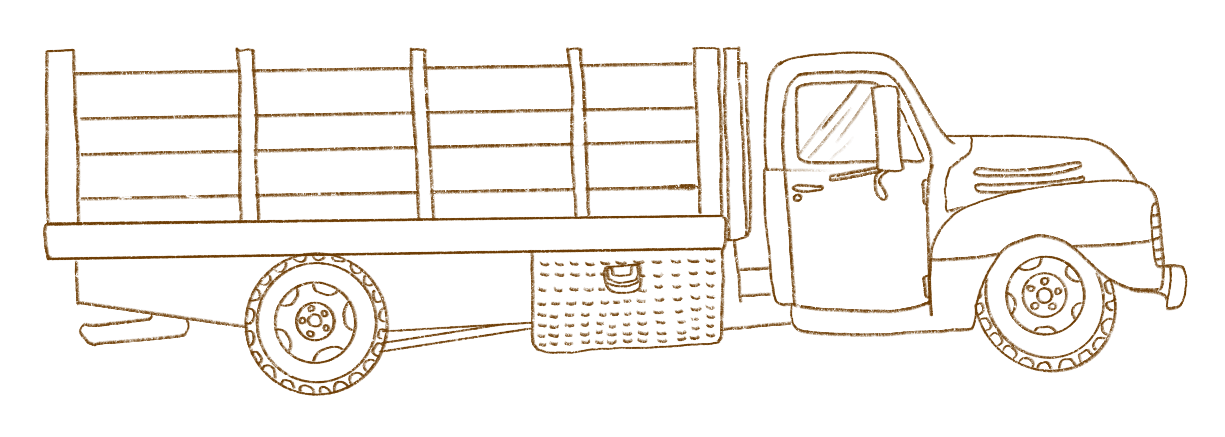
Due to my and Pedro’s immigration status, our meeting at the US/Canada border no longer felt like a safe option due to the racist checkpoints that reserve the right to use excessive force, warrantless searches and seizures. So, we settled on hybrid secured calls through an app as well as emails via proton mail. We painstakingly worked on stats that can be shared without giving away too much information that could flag this farm, which in its own way, is a sanctuary for Pedro and his co-workers.
At the farm, there are seasonal workers during times of manuring and harvesting the fields of feed as well as people living on the property year round. People with documentation and drivers licenses live in the nearby town in group housing or with their own families.
As for the working conditions – Pedro and his comrades must leave everything they know about animal care at the door, which is oftentimes Indigenous, generational knowledge. The workers are instead taught inhumane practices that, in a twisted way, mimic some of the same treatments they receive through a broken immigration system that “sees us as cattle and not people”, remarks Maria Chavalan Sut, an Indigenous Mayan refugee.
Industrial animal agriculture perpetuates alienation in every step of the food chain: animals redefined as livestock and farmworkers performing repetitive tasks under increasingly industrialized production processes. Crucially, consumers are alienated from the producers, leading to a lack of understanding and alienation from other classes, races and species; giving power to some over others. This division is prolific within industrialized animal agriculture, perpetuating and accelerating the socio-spatial impacts it has across all scales. (12)
Pedro:
“I have seen very cruel men get to higher places fast because they are willing to treat the animals and people at work badly. In the slaughterhouse, speed and efficiency make for a better worker, some people take that too far. It made my heart break to be raised to respect the animals and come into an environment where people would do unspeakable things to the animals before and after death to seem funny. Nine times out of ten those same people treat their coworkers and families disrespectfully too. How you treat something you could easily hurt says a lot about a man.”
I once heard a powerful analogy by Maria Chavalan Sut, an indigenous Mayan woman who was recently granted Stay of Removal after taking Sanctuary in a church in Charlottesville, VA. Maria compared the situation of many refugees and asylum seekers as that of cattle– heavily surveilled with ankle monitors and chips that show you exactly where they are at all times, to illustrate the dehumanizing conditions that people seeking safety are met with at the border, the hard labor of these folks, and the way that we are disposed of when sick or old. She drew sharp comparisons between these two cruel systems and called them forms of modern day slavery. Around the same time, I also had the privilege and honor of meeting and hearing directly from Mother Angela Davis (as well as bringing the Sanctuary Movement to her attention) she touched on her personal journey into veganism and said something that stuck with me as well:
“I think there is a connection between, and I can’t go further than this, the way we treat animals and the way we treat people who are at the bottom of the hierarchy.”
Pedro:
Mija, I am not always proud of the work I do. Or better said, that I have done in the past. I’ve worked for the same farm for this long now [15 years], despite lower wages and the danger of a raid, because a long time ago I realized that in this industry “good work” is measured differently.”
A dairy cow’s life expectancy in a commercial farm vs an animal sanctuary goes up from 5 years to 20 according to animal rights advocate Ryuji Chua. Under industry conditions, these cows produce ten times more milk than they would naturally and eventually end up at a slaughterhouse when their milk production goes down. The cow insemination practices are too graphic to describe. Once they birth their calves they are separated, the small males to be raised for veal and beef, the females to suffer the same fate as their mothers. The ones lucky enough to end up in a sanctuary oftentimes experience pastures and open spaces for the first time, in some sanctuaries cows become known to their caretakers by their personalities, they even have bonded friendships and preferences in food and sounds. (11)
Today, I humbly want to make the case that the desensitization that has brought about the type of violence we experience in this society, from school shootings to the treatment of workers (documented or not!), begins with a disconnected relationship with our food system. Only through making the connections between industries that rely on cruelty, death and inequity to our own struggles can we begin making better choices and demand conscious change for all living beings that are part of our food system and beyond.
I never expected that while writing about human beings I, a meat-loving Uruguayan would contemplate so much about my own beef consumption habits. It is hard to not ask yourself the question: How can we eat meat from an industry that is exploiting the farmworkers and the cattle and the land? It feels like a risky thing to write, as a food justice advocate. I know that there are so many intricacies to radical personal dietary changes and many systemic barriers that keep poor people, especially BIPOC and LGBTQ folks, from even accessing different food options. As a person who still relies on animal products in my diet, am I just talking a talk I do not walk?
Thankfully, there is a system that raises animals with dignity and respect, while also prioritizing farmworker livelihoods, fair compensation, and restorative justice.
Regenerative agriculture embodies the Indigenous mindset of caring for all life on the land by being an interconnected part of the ecosystem as well as a loving steward of the Land.
Practitioners of managed grazing report that not only does the organic matter in their soil drastically increase within several years(in some cases by several percentage points) but their costs go down and profits go up as the land can support more animals and the need for equipment and synthetic inputs decreases or ends. More than anything, for a system to be fully regenerative, all aspects of the process must be promoting life, health, and wellness – from the soil to the workers.
If the marker of regeneration is determined by community wellness, what would a regenerative cattle ranch look like, taking into account the entire supply chain? How can this be done in a way that makes animal products accessible and affordable to all, without compromising the exploitation of people, animals, or soil? Lastly, what are the possibilities if the people who remember the wisdom of their ancestors have a voice in re-imaging and re-framing food systems and the current practices?
I know there aren’t easy answers to a whole system overhaul, but understanding Regenerative Agriculture and Ancestral growing practices as well as the current system can help us see the possibility of another world.
My hope is this series challenges us to consider the relationships we hold with our food and those who put it on our plates from a restorative perspective so we can all consider making changes to our plates whenever we can, and to make us hunger for a different world where Sanctuary is but a word instead of a place or action. Maybe one day it will just be a part of our collective human history for the coming generations to share as almost an abstract, foreign concept, or a cautionary tale, for they cannot imagine living in a world that is not effectively a Sanctuary for All.
Reflective Questions
If the marker of regeneration is determined by community wellness, what would a regenerative cattle ranch look like, taking into account the entire supply chain?
How can this be done in a way that makes animal products accessible and affordable to all, without compromising the exploitation of people, animals, or soil?
What are the possibilities if the people who remember the wisdom of their ancestors have a voice in re-imaging and re-framing food systems and the current practices?
SOURCES
Source 1: Milk with Dignity Campaign
Source 2: 16 Facts About Your Favorite Fourth of July Foods
Source 3: A Partial List of Mass Shootings in the United States in 2022
Source 4: U.S. Supreme Court expands state power over Native American tribes | Reuters
Source 5: What are the Implications of the Overturning of Roe v. Wade for Racial Disparities? | KFF
Source 6: Vegan Angela Davis Connects Human and Animal Liberation – CounterPunch.org
Source 7: Driver in the San Antonio tragedy didn’t know the truck’s AC failed, complaint says
Source 8: The Sanctuary Movement
Source 9: Egbert v. Boule.
Source 10: Op-Ed: The long, deep reach of the U.S. Border Patrol
Source 11: The Most Surveilled Place in America
Source 12: Facts found video found
Source 13: The Unseen Labor Force: Animal Agriculture Under Global Capitalism exploring the role of architecture and planning in the objectification of marginalized groups within the British dairy industry
FURTHER READING
BOOKS
Angela Davis “Freedom is a Constant Struggle: Ferguson, Palestine and the Foundations of a Movement.”
Reece Jones “Nobody is Protected: How the Border Patrol Became the Most Dangerous Police Force in the United States.”
Ruth Conniff “Milked: How An American Crisis Brought Together Midwestern Dairy Farmers and Mexican Workers.”

This piece was written by Leonina Arismendi Zarkoviç, a member of our Circle of Creatives. Leonina is an Uruguayan born Queer artist, translator and human rights advocate. They are recognized as a top-writer in Intersectional Feminism on Medium where they are known for their distinctive writing voice. As Reverend Leo they co-lead Iglesia del Pueblo, an online interfaith gathering space for Latinx movement leaders within the Poor People’s Campaign: A National Call for Moral Revival. Their work focuses on liberation theology, decolonization, womanism, food justice and popular education.
Their background is in urban farming, Ancestral growing and living practices, cooking, art and curation and have formerly owned an art gallery in Virginia.
Leonina’s work exists at the intersection of food justice, art, activism, faith and education. They are known for being very blunt, mostly driven by the urgent nature of the causes they advocate for.
Part II: In The Hot House
Part two of a series focusing on the lives, struggles and joys of undocumented farm workers in the American agricultural industry. Over its 8 million acres of agricultural land, there are nearly 6000 immigrant farm workers that come to Virginia each year to harvest crops(2).
Part I: History of Farm Work as Immigrant Labor
Part one of a series providing both historical and modern framework of what ‘farm labor’ really is in America to help us properly begin telling the stories of Who these Farmworkers Are… Because they are so much more than just ‘those who grow our food’ and they are worth much more than what they bring to the economy and the services that they are capable of providing for us.

